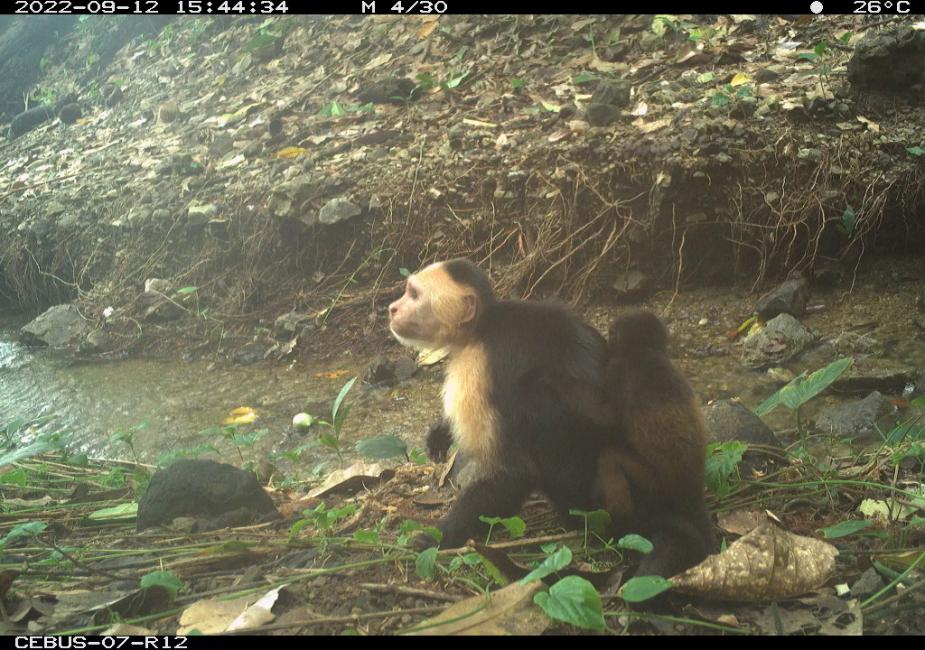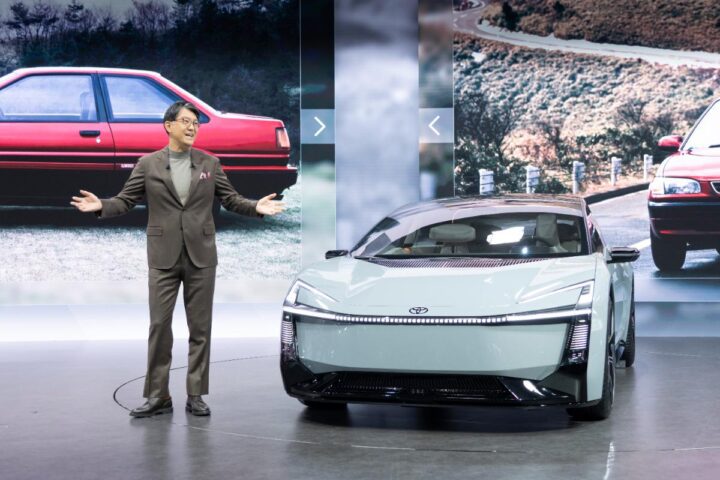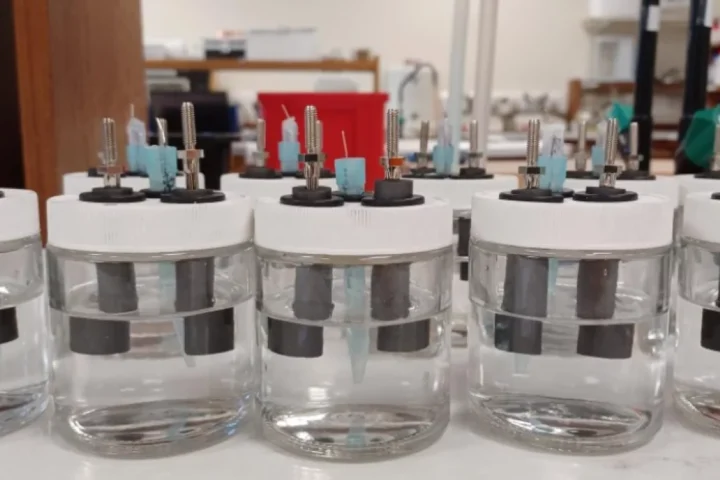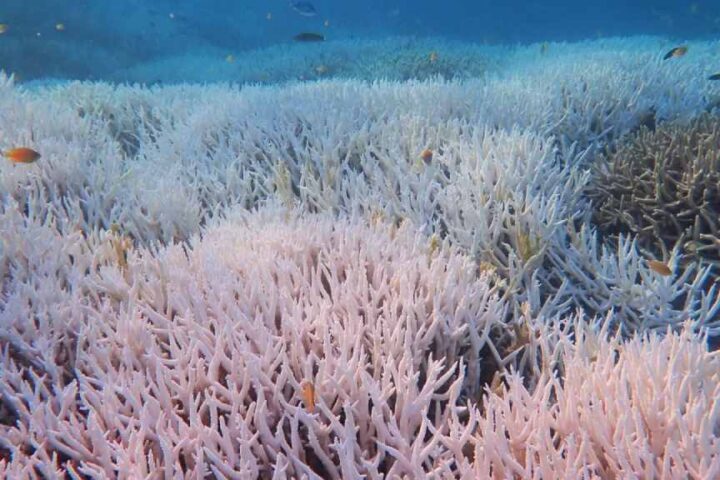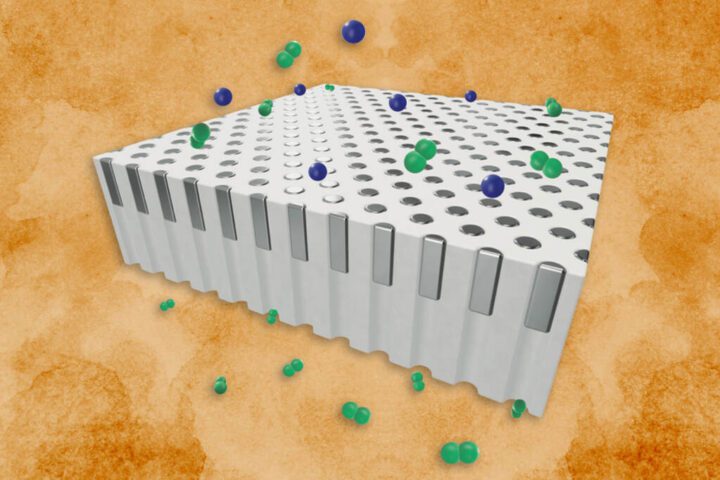Scientists in Germany have created remarkably thin solar panels measuring just 200 nanometers in thickness. But what’s remarkable isn’t their size – it’s their power.
The research team at Martin Luther University Halle-Wittenberg built these panels using three different crystals – think of them like layers in a sandwich. Each layer serves a specific purpose, and together they create something extraordinary: they generate electricity 1,000 times more effectively than similar materials.
“We layered barium titanate between strontium titanate and calcium titanate,” explains Yeseul Yun, the study’s lead author. While these names might sound complex, their impact is simple – they create more power using less material.
Regular solar panels, the kind you see on rooftops today, need specially treated silicon layers to work. They’re like two pieces of bread that must be prepared in a specific way before making a sandwich. These new crystal panels are different – they naturally create electricity when sunlight hits them, no special treatment needed.
The research team used a powerful laser to carefully stack 500 layers of these crystals, creating a panel just 200 nanometers thick – thinner than a human hair. When testing these ultra-thin panels, the scientists found something surprising. Even though they used less material, the electricity generated was 1,000 times stronger than panels made from just one crystal type. Even better, the panels kept performing at this level for six months of testing.
Dr. Akash Bhatnagar, who led the research, explains why this matters: “The crystals work together to move electricity much more easily when hit by light.” This simpler design could mean more durable panels that are easier to make.
Similar Posts
This breakthrough could change how we use solar power. These panels could fit places where traditional bulky panels never could, thanks to their ultra-thin design and high power output.

Dr. Jennifer Rupp from ETH Zurich, an expert not involved in the study, called it a “very exciting discovery.” She pointed out that these panels might last longer and be simpler to produce than current ones.
The team published their findings in Science Advances, with support from German research organizations including the Federal Ministry of Education and Research. While these panels aren’t in stores yet, their development shows how solar technology keeps improving in ways that could benefit everyone.


